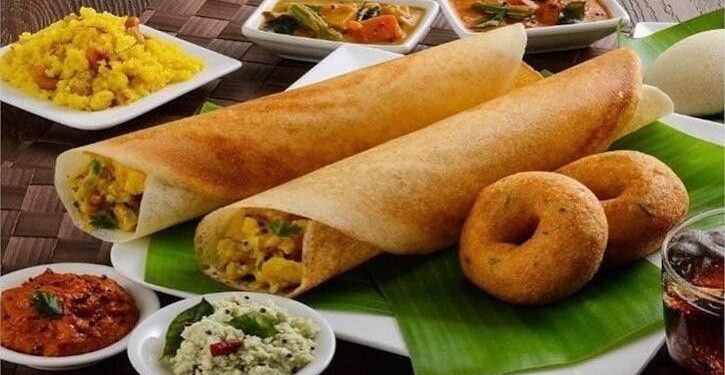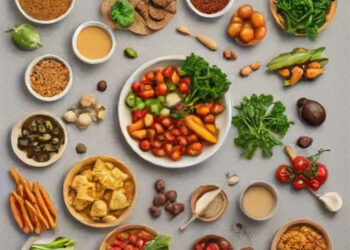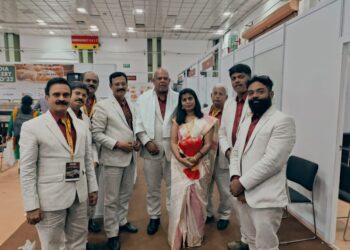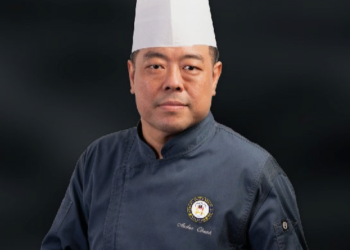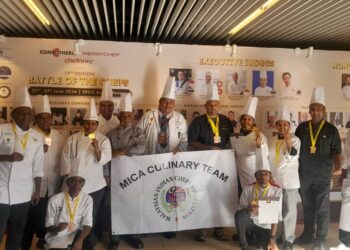THIS ARTICLE IS POWERED BY

Akankshya Mukherjee(intern@imaws.org)
From North to South and East to West, India has always been a food-loving country, with each area having its own distinct food preferences. New trends or innovations are considered as improvements to fulfil either new consumer requirements or existing market needs.
This is performed by making better, more convenient products, processes, services, technology, or business models available to markets. Some of the most common South Indian meals take only a few minutes to prepare, are light on the stomach, and are low in calories.
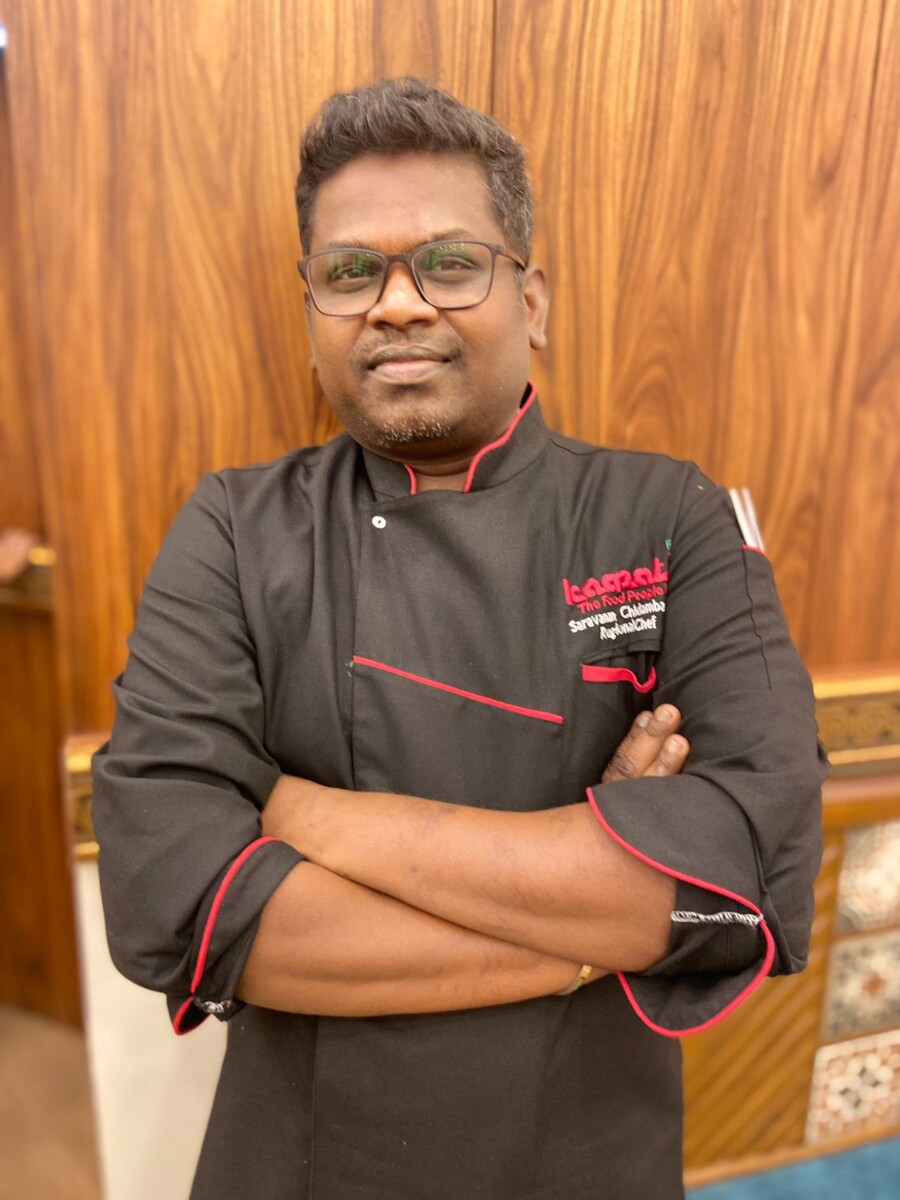 Chef Saravanan Chidambaram, Regional Chef of Kamat Group says
Chef Saravanan Chidambaram, Regional Chef of Kamat Group says
“We believe in serving food straight out of South Indian households therefore these varieties will definitely be there. We already serve bisi bele bath in the first cut of our menu.
Curd rice, tamarind rice, and lemon rice would be added in the next cut.
Traditionally crushed podis are much more flavorful and delicious.
That is how they are used at home. We make our own podis with fresh ingredients like Ellu Podi, which is black sesame podi; Milagai podi, which is authentic Tamil style podi and Karivepaku podi, which is curry leaves podi.
They are accompanied by cow ghee and go with each dish to enhance the flavors.
Obviously, if others start making their own podis it will be a different flavor with each restaurant with different recipes. Packaged podis have the same taste across.
We serve dishes from all five states of Southern India thereby having something for every South Indian in Mumbai who is well versed with the flavors of each state and can choose according to their preferences”.
The simplicity of South Indian foods cannot be found in any other cuisine. Its perfume and taste have captured the hearts of many people. The most appealing yet enticing aspect of this food is its insatiable desire.
Chef Vinayak Patil, Corporate Chef of Shiv Sagar Group and Executive Chef at Shiv Sagar says 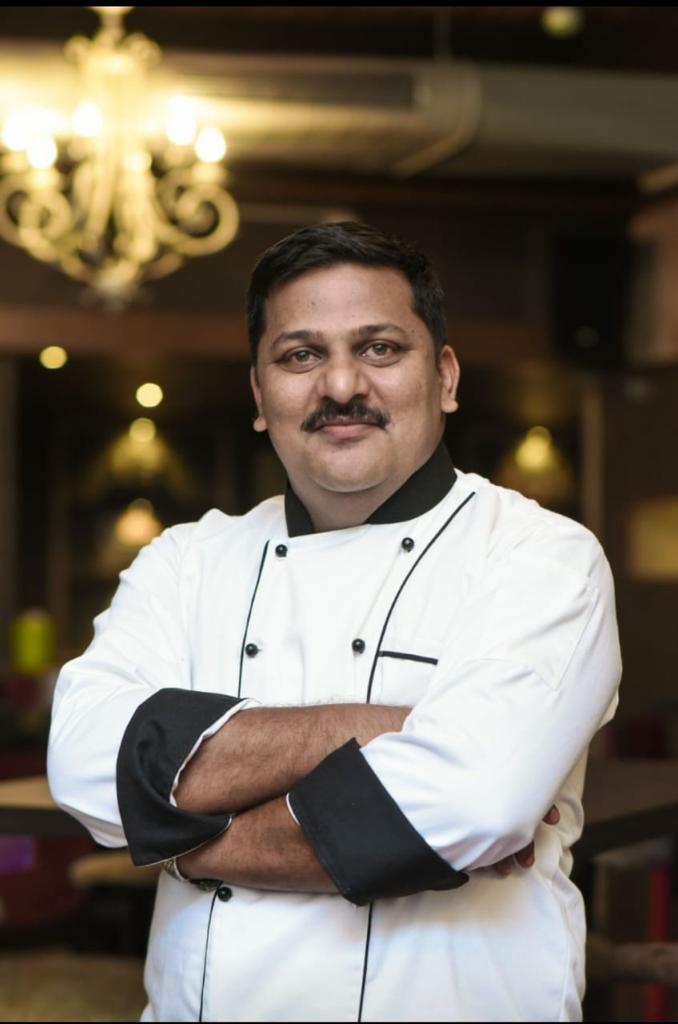
“At Shiv Sagar, we serve all rice items post 11 AM. While the dishes are delicious, they are slightly heavy for breakfast, and are not largely in demand before lunch hours. However, one can experiment with the rice dishes for a late breakfast, around 11:00AM.
Traditionally made spices or crushed powders/podis have a very unique flavor. We can compare these spices to these companies spices but the taste is not very similar to traditional spices, hence it affects the taste of the food.
Traditional spices always have a deeper flavor. And yes, South Indians from Mumbai can eat spicy foods from South India”.
The presence of rice as a staple food, the use of lentils and spices, dried red chilies and fresh green chillies, coconut, and native fruits and vegetables such as tamarind, plantain, jackfruit, snake gourd, garlic, and ginger are among the similarities between the cuisines of the five southern states.
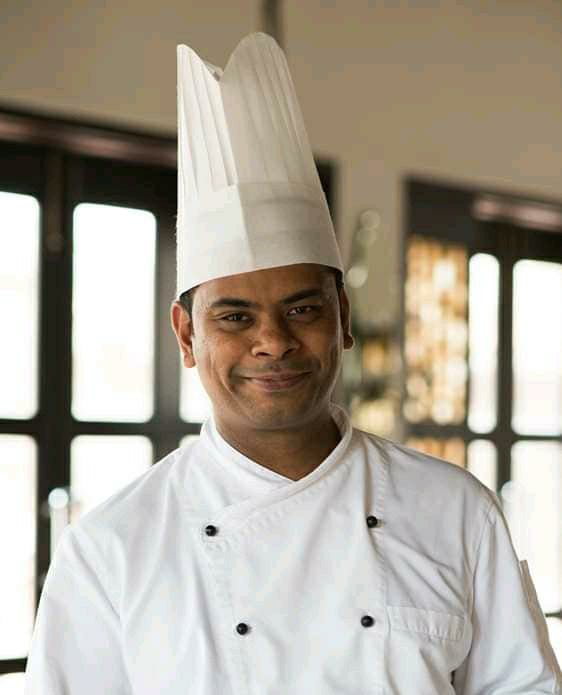 Abhijeet Bagwe, Executive Chef, Novotel, Mumbai International Airport believes
Abhijeet Bagwe, Executive Chef, Novotel, Mumbai International Airport believes
“No South Indian meal is complete without rice in one form or another. Rice is an essential part of the South Indian diet. The classic stereotype is that the complete meal consists of finely polished rice served in a variety of dishes. The best rice-related recipes have been improved from generation to generation, for example, lemon rice is most school lunch boxes, tamarind rice, also known as pulihora, is rice Karnataka style is prepared in a religious fashion around festivals, pujas, and so on, rice Curd is one of the most comfortable and readily available rice preparations, so to sum up, I can wholeheartedly say that this Cultural variation of rice processing can be explored in South Indian breakfast cuisine.
Gunpowder or milagai podi is a spicy chili paste made with coarsely ground spices, which elevates the dish. Thus, gunpowder is very versatile in that it can be sprinkled into doses. So when comparing gunpowder use in hotels and regular use, it differs from place to place because the combinations of spices are largely the same but the proportions are balanced according to the taste of the guests. Individuals and companies have very specific distinctions. the taste is made by testing the taste of the common man, it is made with certain aspects to be able to attract people while when we talk about gunpowder for home use, the public The taste and freshness are different, it has a huge difference in taste, texture, and aroma, like I said gunpowder is different from place to place, the taste will be different. When we talk about the use of gunpowder in professional hotels, it gives certainty that ordinary dishes can also be enriched and flavored without the use of artificial ingredients. People always like to innovate although gunpowder is traditionally used in South India, it also changes the taste, texture, and aroma of different dishes.
South Indian cuisine has become famous all over the world, especially dosa. Vada, sambhar, uttapam, and idli are known for their wide variety of spices, many of which have been exported to different countries for centuries. The people of Mumbai have visited or stayed in their homeland as we all know and admire the south. Indian cuisine is widely practiced in every household at least once a week. People usually consume South Indian dishes in restaurants and on the streets. A South Indian breakfast-free morning, the unfinished have absorbed the flavors of Mumbai well, but they can’t forget the roots of South Indian cuisine”.
In general, South Indian cooking revolves around rice, lentils, and stews. South Indian dishes include dosa, a lentil and rice crêpe, idli, steamed lentil rice cakes, saaru/rasam, tomato, tamarind, and lentil soup, and Huli/sambar, spicy lentil and vegetable stew.
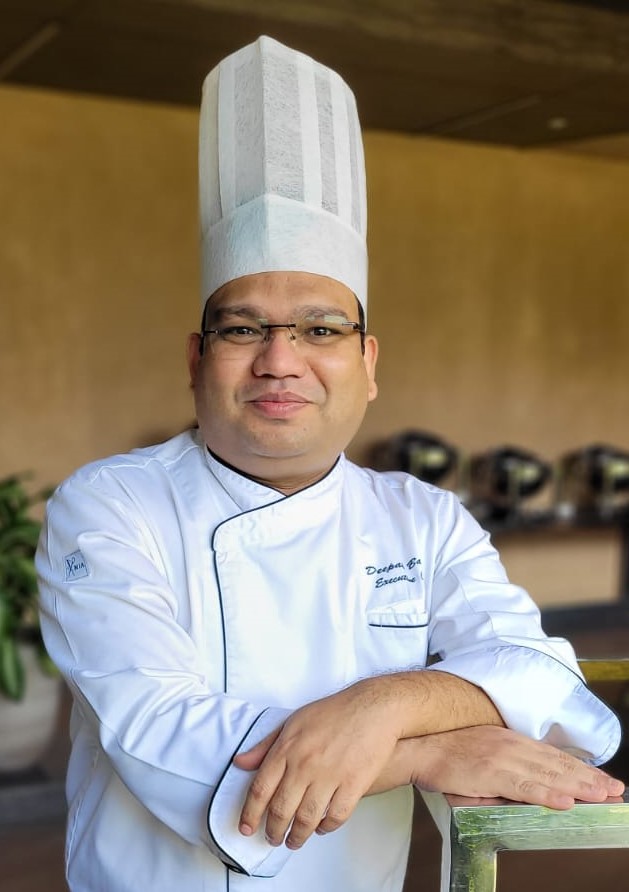 Deepak Barua, Executive Chef of Marriott Hotel says “Rightly said Dosa, Vadai, and Idli have become popular breakfast dishes all over India. While working in Mumbai I observed that Mumbaikars are not too keen on South Indian dishes in buffets. Like if you serve bissilbelle bhaat, tamarind rice (puliyogare), or Pongal in a breakfast buffet. I have seen very few takers for that. Maybe these traditional dishes can work in specialty South Indian cuisine restaurants, but in coffee shops, I feel it’s a bit difficult.
Deepak Barua, Executive Chef of Marriott Hotel says “Rightly said Dosa, Vadai, and Idli have become popular breakfast dishes all over India. While working in Mumbai I observed that Mumbaikars are not too keen on South Indian dishes in buffets. Like if you serve bissilbelle bhaat, tamarind rice (puliyogare), or Pongal in a breakfast buffet. I have seen very few takers for that. Maybe these traditional dishes can work in specialty South Indian cuisine restaurants, but in coffee shops, I feel it’s a bit difficult.
The most important challenge any chef faces in terms of South Indian Cuisine in Mumbai is finding a talented South Indian chef and authentic ingredients for the cuisine. See obviously freshly ground gunpowder or podi masala is 100 times better, but when there is a scarcity of talent, resources, and time. Then chefs start using readymade products. MTR products are nice and they do give satisfactory results. The difference between using and serving fresh ground masala and readymade masala is like serving canned Dal Makhni and Canned Rassogula.
See if we talk about South Indians from different states living in Mumbai. In Mumbai, each area like Andheri, Marol, and JB Nagar, where south Indians live has special grocery stores which sell ingredients from that region and it really helps them in making authentic food. If we are talking in terms of MTR-like products, obviously these also will be of great help to people who are living in different states”.
Pongal, Masala dosa, Chicken 65, Sambar, Pulihora, Appam, Upma, Hyderabadi biryani, and many other cuisines are popular in South India.
BEST WISHES FROM



